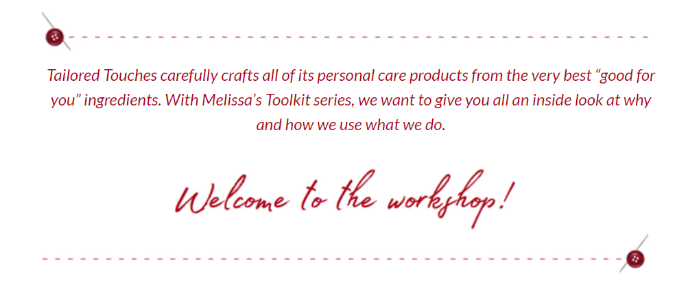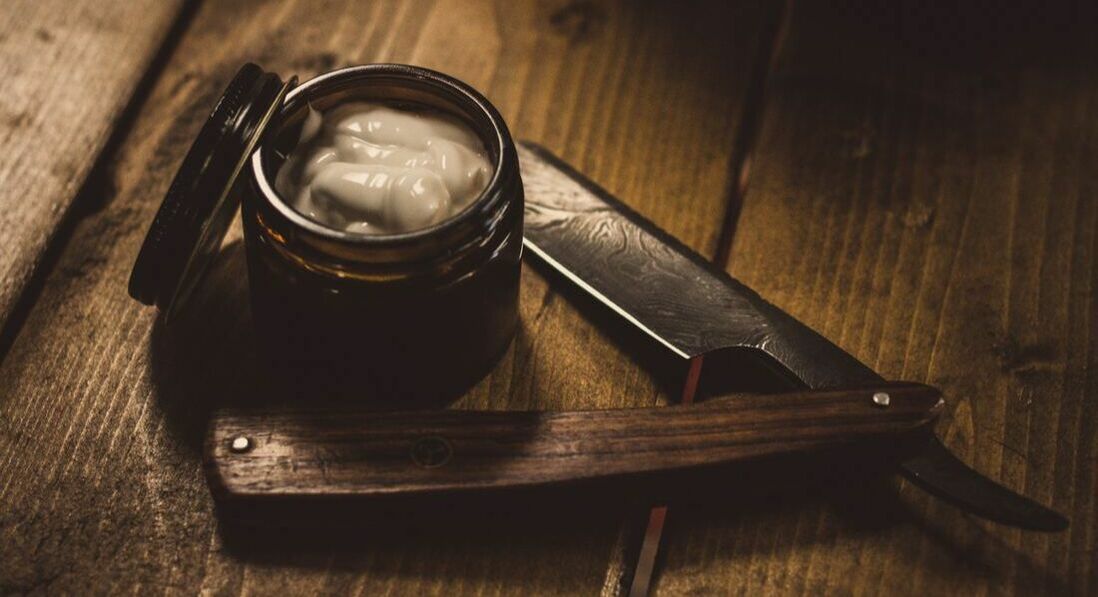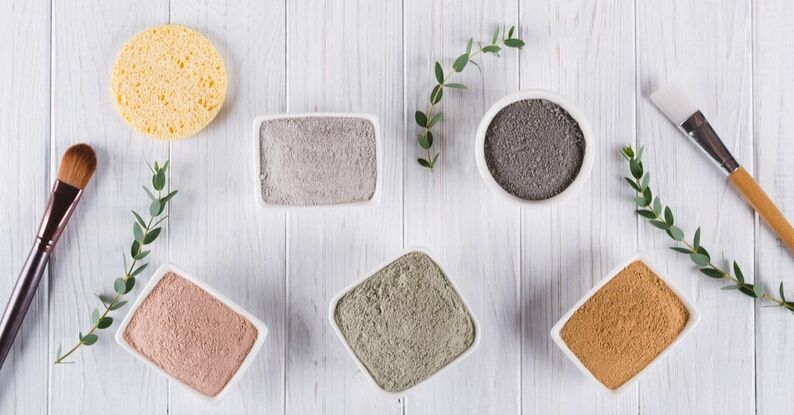 Clay was one of the first ingredients I worked with when creating products for Tailored Touches. After so many initial experimentations to find the ideal clay for each product, I grew to have a great attachment to it. Clay is such a unique additive and great enhancement to certain products, so I try to incorporate it as much as I can. Seriously, just one tablespoon of clay can really make a difference. In the next few blogs, I am going to dive into the different types of clays that I use and why I choose them. For this particular blog, let’s talk about kaolin clay! While clays in general contain a variety of minerals, kaolin clay consists of a hydrated mineral form called kaolinite. It is one of the oldest clays --it was found in China in the 7th century -- yet it holds some wonderful properties that are so good for the skin! Kaolin clay can be used to make medicine and also be used to help stop wounds from bleeding. In skin-care, it is a versatile ingredient that helps to deep clean the skin and soften it or to use as a natural colorant. Did you know that the word “kaolin” means “high ridge”? It is a reference to the hill in south-eastern China where it was first discovered and then used to make... porcelain of all things!  Kaolin clay has a “slippery” property which is oh-so-good-for-you when you are shaving! This clay (and any other clay, in fact) gives products what we call “slip.” For example: when you are shaving, you know how you want the razor to glide effortlessly over your skin to avoid cutting yourself? Well, clay helps give soap that slippery effect. For similar reasons, a little bit of clay can be added to regular hand and body soap to give it some glide. Having some “slip” in your body soap is one thing, but a shaving soap has to have way more clay than regular soap so you don’t cut yourself! I also love kaolin clay because it is a natural colorant. Kaolin clay comes in a variety of colors due to different iron percentages within it. There is a beautiful rose kaolin clay that I use to give my soaps a nice blush color, while a purple Brazilian clay gives products a purple tint. Did you know that kaolin clays are very absorbent? That’s how the clay anchors the fragrance and allows the products to maintain their natural scent for months! Perhaps most importantly in the good-for-you category, kaolin clay has strong drawing properties. The clay will attract excess oils in the skin and draw them out from the skin along with any impurities in these oils...hence the term “drawing properties.” This is a great property for face masks, so you will see we offer a lot of different types of clay face masks!  I have my clays in powder form, and I keep them at room temperature. With this easy maintenance, my clay stocks are able to last quite a while. With clay, because it is attracted to oil molecules, the order of operations in my recipes is critical. For example, for the Tailored Touches Black Salt Clay soap, I first mix distilled water with the clay to create a slurry mixture. I add the oil component last so it does not clump the clay and instead, we keep that consistent slurry texture. It is then easier to work with and I am able to create different soap molds with it. The same order of operations is critical when making face masks--after all, who wants a clumpy face mask? Remember clay has amazingly strong drawing properties, so be careful and follow instructions on how to use it. Do not wear clay masks overnight, or else they may start drawing out not only the excessive oils, but also the good oils you need! Because of kaolin clay’s versatility and long shelf life, I use clay in a wide variety of Tailored Touches products, including shaving soap (for men and women) and facial masks. Treat yourself to a Home Spa Day or incorporate kaolin clay into your daily routine with any of the products below:
5 Comments
Lyne
8/24/2022 08:11:21 pm
Hello
Reply
2/2/2023 09:19:47 am
It's so excellently done, and you have some exceptionally good ideas. This post is excellent!
Reply
2/22/2023 05:13:01 am
Helpful tips! Thanks a lot for sharing these great tips with us. I found this post very helpful for me. Thanks and keep sharing. How to mixed it?
Reply
Leave a Reply. |
Welcome to Tailored Tidbits!If I'm not in the kitchen cooking up new items for my shop, I'm sewing fabric baskets, taking care of our honeybees, pitching in on the latest project at my son's, or planning a trip somewhere with my daughter. Here, I'll share a "day in the life" at Tailored Touches! 
Sign up for the newsletter for an instant 10% off coupon.
Categories
All
Archives
February 2019
|









 RSS Feed
RSS Feed


